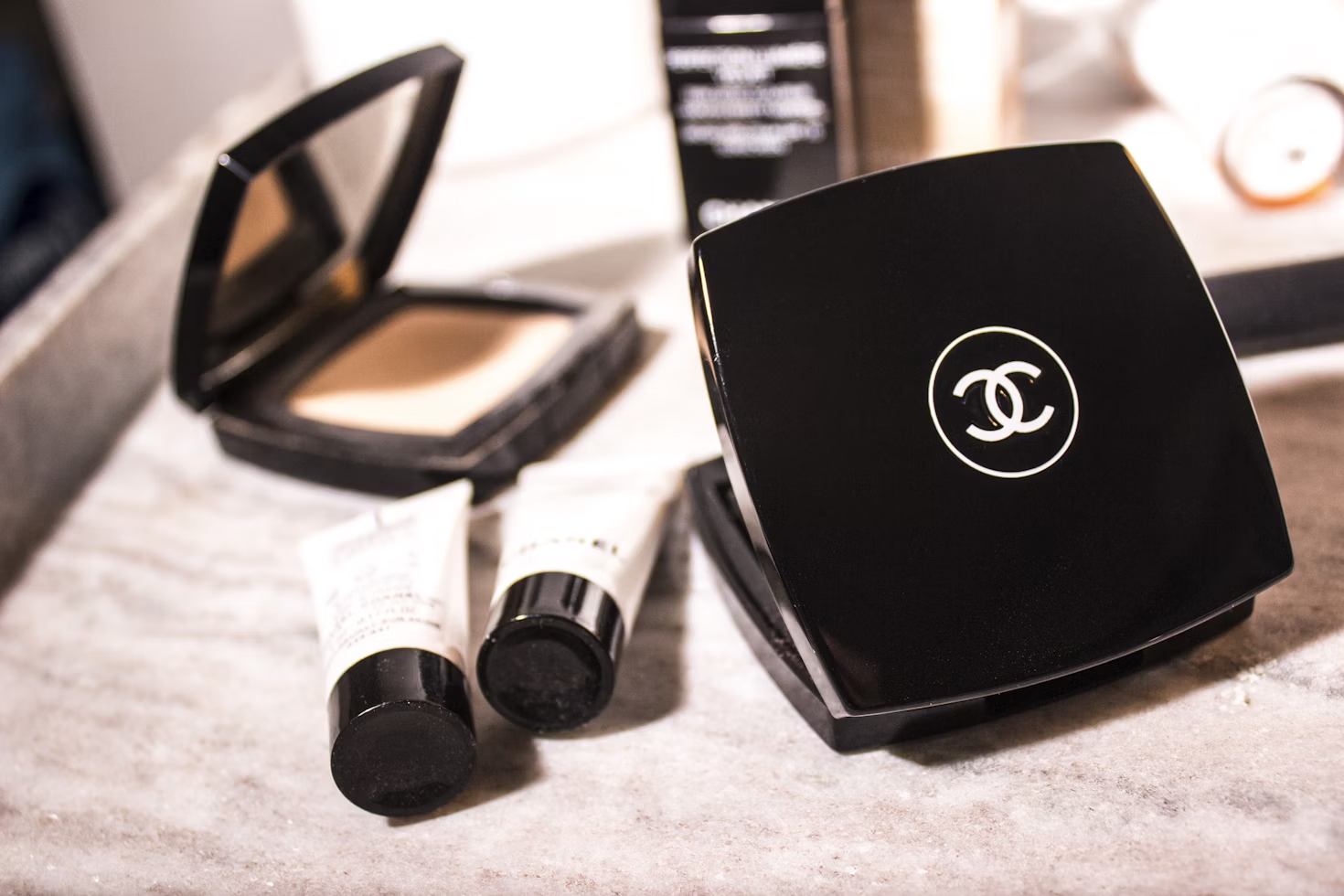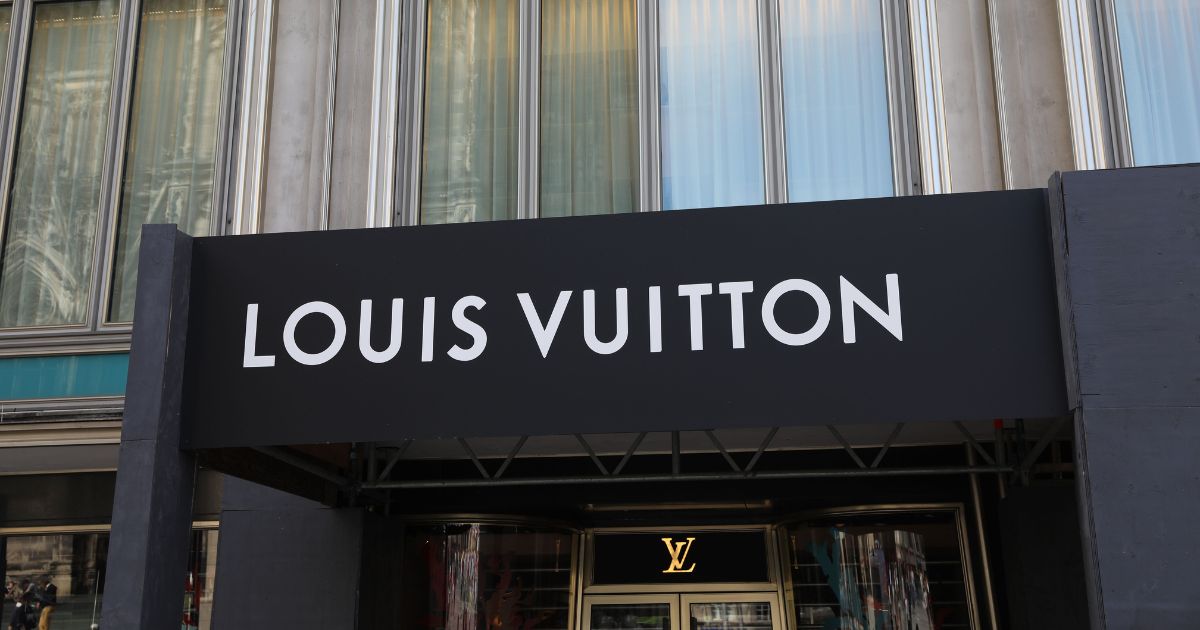Cultural Appropriation in Fashion: A Historical Perspective
Cultural appropriation, especially in the context of Fashion, is the act of taking elements from another culture, usually out of context, by members of another culture. It has always been there throughout the history of Fashion: designers and brands continuously borrow style, symbols, and motifs from marginalized cultures. While debates insist that the benefits may lie in how such practices might enable cultural exchange, critics argue that this usually trivializes and commodifies sacred and meaningful cultural symbols.
Paul Poiret and Orientalism in the Early 20th Century
Paul Poiret is a French Designer known to have introduced Orientalist designs in the early 1900s. His designs are so influenced by the cultures of the Middle East and Asia that he designed Kimono-style robes and harem pants. Poiret’s designs were praised for their Innovation in the Western fashion industry, but they also represented the problematic trend of borrowing from non-western cultures while disregarding their cultural meanings. His work, like much orientalist art and fashion, reduced these cultural meanings. His work just like other orientalist art and fashion, reduced these cultures to exotic stereotypes for the western gaze, reinforcing romanticized and often inaccurate views of the “East”[1]. This kind of cultural appropriation divested the deeper meaning of the clothes and made them simply statements of fashion without any rootedness with their origin. In a way, it was part of a more extensive system wherein the west was culturally dominant over the East, as Edward Said’s work on orientalism would have suggested. In this respect, cultural symbols were used out of context for western consumption.[2]
The Rise of “Ethnic Chic” in the 1970s and 1980s
The 1970s and 1980s saw the emergence of “ethnic chic” in the fashion world. For instance, the traditional motifs of Africa, Asia, and Native America poured into the collections of European designers. Significantly, one of the first collections that came out was Saint Laurent’s 1967 “African” collection, with its obvious beadwork and prints from African Tribes. While celebrated for its creativity, “Ethnic chic” was critiqued for commodifying sacred symbols and reducing them to trends. Critics argued that these collections often trivialized important cultural elements and ignored their spiritual and historical significance.[3] In this context, the term “ethnic chic” represented the continuation of the concept that the West could conceptually borrow from non-Western cultures without truly understanding or acknowledging their rich cultural context. This process was disrespectful of the originator culture and furthered marginalization within the global fashion market.[4]
Grunge Fashion and Native American Symbols in the 1990s
In the 1990s, the reemergence of fashion inspired by Native Americans took place with the fashion industry, but most especially within grunge: dreamcatchers, feathered headdresses, and tribal prints that are fashionable flow from mainstream brands. Those signs mean a great deal to the Native American communities for their cultural and spiritual meaning, though through commercialization and mass production, all the meaning is lost. This has been a very blatant form of cultural appropriation for the Native American communities. Feathers, headdresses, and other items were used in sacred and ceremonial ways within Native American culture, while they are being made into fashion accessories.[5] The most damaging thing with this commodification is that it reduces sacred objects to aesthetic commodities devoid of any acknowledgement of their real cultural value.[6]
Gwen Stefani and the Harajuku Girls in the Early 2000s
The pop star Gwen Stefani was at the centre of conversations on cultural appropriation in the early 2000s for using Japanese Harajuku culture as part of her brand. The Harajuku subculture and its singular, eccentric style of street fashion was a Stefani obsession that bled into her music and public life, where she was often trailed by a quartet of Japanese women who had been stamped as the “Harajuku Girls.” While as much as some praised Stefani for bringing Japanese culture into the Western mainstream, many indeed criticized her for cultural appropriation. They felt that Stefani’s use of Harajuku boiled a complex and varied heritage down into a simplified, Orientalist fashion statement.[7] Furthermore, Stefani’s depiction of Harajuku girls placed them in the position of subservience and voicelessness, trumping the richness of the real subculture of Harajuku.[8]
Cultural Appropriation in Fashion: Ongoing Controversies and Brand Responses
Ongoing Controversies
One of the first instances of recent controversy took place during the 2012 Victoria’s Secret Fashion Show. The brand included a Native American-style headdress on model Karlie Kloss. The backlash was immediate, as the Native American community took to attacking the brand for using such an important piece as a fashion accessory, the item holding great cultural and spiritual meaning.[9] In some tribes, headdresses are passed to male leaders in an act of bravery and respect; thus, mimicking this in a fashion show is inappropriate and disrespectful.
In 2019, Dior was in a line of heavy fire for its “Sauvage” fragrance campaign-very much featuring Native American imagery. Meant to symbolize a “wild” and untamed spirit, it was pilloried for romanticizing-and misappropriating Indigenous culture for commercial gain.[10] The critics immediately started pointing out that the name “Sauvage” in French means “savage,” and that the stereotypical use of Native American symbols plays into disastrous colonial narratives of Indigenous peoples. Despite a company claim that it collaborated with Native American consultants for the campaign, the public outcry was swift enough that Dior eventually pulled the ad.
That same year, Kim Kardashian was highly criticized when she tried to trademark the word “Kimono” for her line of shapewear. It was a highly criticized move by Japanese communities and many others for being disrespectful to a traditional garment hailing from Japan that had much cultural and historical value.[11] Kim Kardashian’s move to commodify the term with no consideration of its cultural context was precisely what drew attention to the problem of commodifying cultural signs for commercial ends. It was following this backlash that Kardashian soon renamed the brand as “Skims” and even issued an apology for doing so.[12]
Public Reactions
Social media has evolved to become an effective tool for taking fashion brands to task over cultural appropriation. Twitter, Instagram, and TikTok have become the new theaters of war where this public debate has come to the fore. Hashtags on the subject matter, such as #culturalappropriation, tend to trend when there are cases of major controversies, thus giving a platform to those who voice their disapproval and organize boycotts against brands. In that respect, the below political economy of spectacle naturally creates its own resistance, at times highly hostile. The reaction against, for example, Dior’s “Sauvage” ad has thus engendered a highly critical response on social media, which demands the ad be taken down.[13]
This has also increased the level of awareness about cultural appropriation and its implications. Voices from the marginalized communities feature more in debates as they voice how their cultural symbols and practices are being used either out of context or to the detriment of their cause. Such increased awareness has reframed the debate with much greater scrutiny of fashion brands and their choices in design, marketing, and branding.
Brand Responses
Whenever a brand is called out for the crime of cultural appropriation, the default damage-control response generally involves public apologies. In the case of the headdress controversy involving Victoria’s Secret, an apology was offered by both the model Karlie Kloss and the brand. The segment was also deleted from the TV broadcast of the show by Victoria’s Secret.[14] Similarly, after public outcry related to the branding of Kim Kardashian’s “Kimono” brand, she publicly apologized, renaming the brand for the importance of cultural sensitivity.[15] These responses are often seen as attempts to salvage the brand’s image, though critics argue that apologies alone cannot suffice without systemic changes.
Some of the brands in recent years have taken proactive approaches whereby they work in consultation with cultural experts and community representatives from whose culture they may draw inspiration. Working with consultancy experts on the cultural meaning of some of the symbols supports the brand in steering clear of controversies and shows respect for the culture. For instance, some companies today engage “cultural ambassadors” or ask Indigenous communities to review their designs to ensure that they are respectful of the traditions on which they draw, not appropriating them for their gain.[16] This trend of collaboration reveals a growing consciousness in fashion that cultural appreciation may replace cultural appropriation as an easier and more sustainable option.
Author name : Anu Varshini
[1]Eicher, J. B., & Roach-Higgins, M. E. (1992). Fashion, dress and identity. Fashion Theory, 16(2), 149–162. (Eicher and Roach-Higgins)
[2] Said, E. W. (1978). Orientalism (pp. 25–31). Pantheon Books.
[3] Twigg, J. (2004). Ethnic chic: The case of Yves Saint Laurent. Journal of Consumer Culture, 4(1), 35–50.
[4] Pham, M.-H. T. (2017). Racial plagiarism and fashion. Sociological Review, 65(1), 120–135.
[5] Young, J. O., & Brunk, C. G. (Eds.). (2009). The ethics of cultural appropriation (pp. 67–80). Wiley-Blackwell.
[6] King, R. C. (2016). Redskins: Insult and brand (pp. 99–105). University of Nebraska Press.
[7] Jacobs, M. D. (2010). Fashioning the nation: Indigenous dress in fashion photography. Fashion Theory: The Journal of Dress, Body & Culture, 14(1), 58–72.
[8] Allison, A. (2006). Millennial monsters: Japanese toys and the global imagination (pp. 45-52). University of California Press.
[9] Jess Cartner-Morley (Ed.). (2012b). “Victoria’s Secret sorry for Native American headdress at fashion show,” The Guardian. Latest news, sport and opinion from the Guardian. https://www.theguardian.com
[10] Alicia Brunker(Ed.). (2019b). “Dior Pulls Fragrance Ad After Being Accused of Cultural Appropriation,” InStyle, https://www.instyle.com.
[11] Alex Abad-Santos. (2019, June 26). Kim Kardashian’s new shapewear brand Kimono, explained. Vox. https://www.vox.com./
[12] Bailey, A. (2019, July 1). Kim Kardashian West changes Kimono shapewear name after backlash. Elle. https://www.elle.com
[13] Allaire, C. (2019, September 3). Dior’s ‘Sauvage’ campaign was tone-deaf—and Indigenous voices paid the price. Vogue. https://www.vogue.com
[14]Lamont-Djite, T. (2012, November 12). Victoria’s Secret apologizes for Native American outfit. Fashionista. https://fashionista.com
[15] Song, S. (2019, July 1). Kim Kardashian changes ‘Kimono’ brand name after backlash. Paper. https://www.papermag.com
[16] Paton, E. (2019, March 18). Gucci hires diversity chief after ‘Blackface’ criticism. The New York Times. https://www.nytimes.com .


















